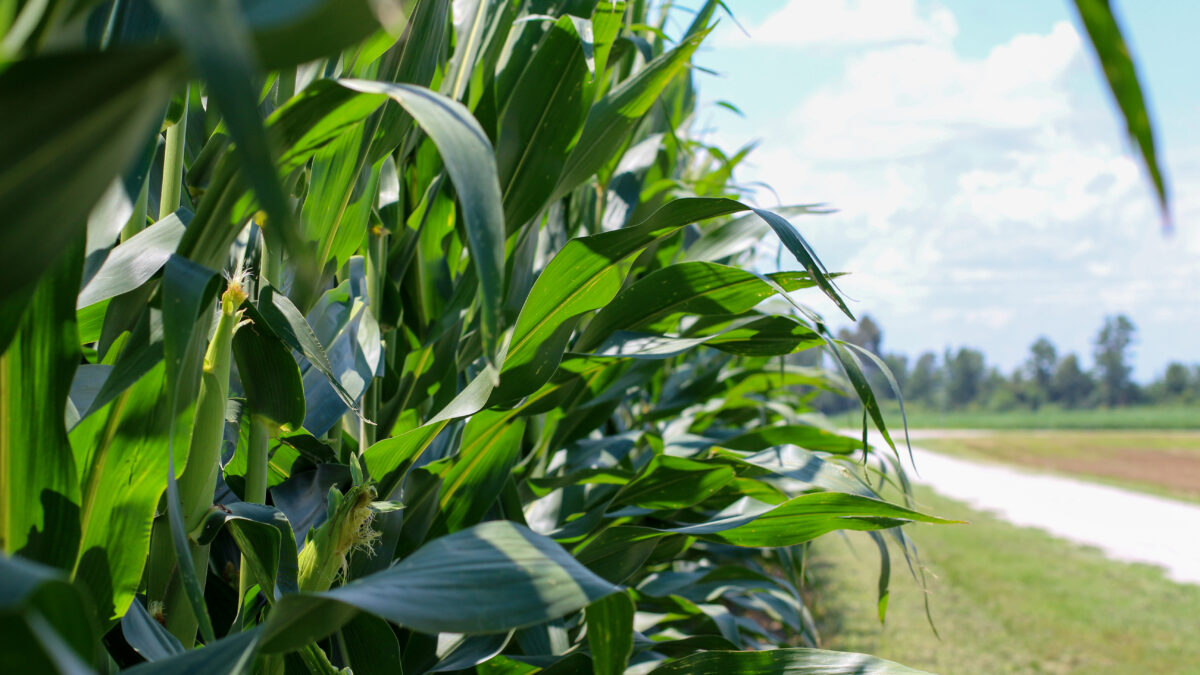5 Things I’ve Learned About Agriculture
TOPICS
RanchingGuest Author
Special Contributor to FB.org

photo credit: Tennessee Farm Bureau, Used with Permission
Guest Author
Special Contributor to FB.org
By Anne Marie Moss
Guest columnist Anne Marie Moss is communications director at the Oregon Farm Bureau and shares insights gleaned since joining the organization in 2004.
1. There’s room for and a need for all types of farming.
Organic, conventional, biotech, no-tech, small-scale, mid-size, commercial-scale, direct-to-consumer, contract for food processors, international exports — all can be found in Oregon and all have an important, vital place in agriculture.
The myth that one type of farming is “good” and another is “bad,” and therefore should be pitted against each other is just plain untrue.
I know farms in Oregon that grow organic crops on one field, conventional crops on another, and biotech crops, like GMO alfalfa or sugar beets for seed, on a third. Other farms stick to just one farming method.
Farmers decide what to do based on many factors, including their customer base, market potential, the farm’s location, the crop’s labor requirements and equipment available.
2. Big doesn’t mean bad.
The size of a farm or ranch does not dictate its commitment to a healthy environment, care for animals, treatment of employees or respect for neighbors.
A farmer with 2,000 acres cares as much about these things as does a farmer with 20 acres. Their day-to-day work may be different, but their values and integrity are shared.
Nearly 98% of U.S. farms and ranches – including commercial-scale farms – are family-owned and operated. Some are “corporate farms” that incorporated for tax purposes or succession-plan reasons. These are run by families, people raising kids, often living on the farm, who are involved in their communities and are proud of what they do. They’re not in the business of harming their customers, their neighbors or themselves.
Nearly 98% of U.S. farms and ranches – including commercial-scale farms – are family-owned and operated.
3. Part of sustainability is profitability.
Because eating food is such a personal act, there’s a tendency for consumers to forget that the people growing their food are also running a business. Even the smallest farms must ultimately make a profit to survive.
Few people get into agriculture to get rich quick. It often involves slim profit margins at the mercy of many uncontrollable factors like weather, pests, fluctuating commodity prices and rising supply costs.
This is compounded by the fact that almost every realm of public policy, from transportation to taxes, directly impacts agriculture. When regulations bring new fees or compliance costs, it’s very difficult for most farmers to pass along those expenditures to their customers.
4. There’s no such thing as a “simple farmer.”
Farmers do more than raise crops or take care of animals. Farmers are also businessowners, accountants, scientists, meteorologists, mechanics and marketers. Many are also eager innovators, always searching for new technology to help them produce more with less: less water, less fertilizer, less fuel, fewer pesticides.
5. There’s more that unites agriculture than divides it.
No matter the amount of acreage worked, farming method used, or number of animals raised, farmers and ranchers share core values: a deep love for the land, incredible work ethic, and immense pride in their work.
A longer version of this column was originally published on the Oregon Farm Bureau website.
Trending Topics
VIEW ALL